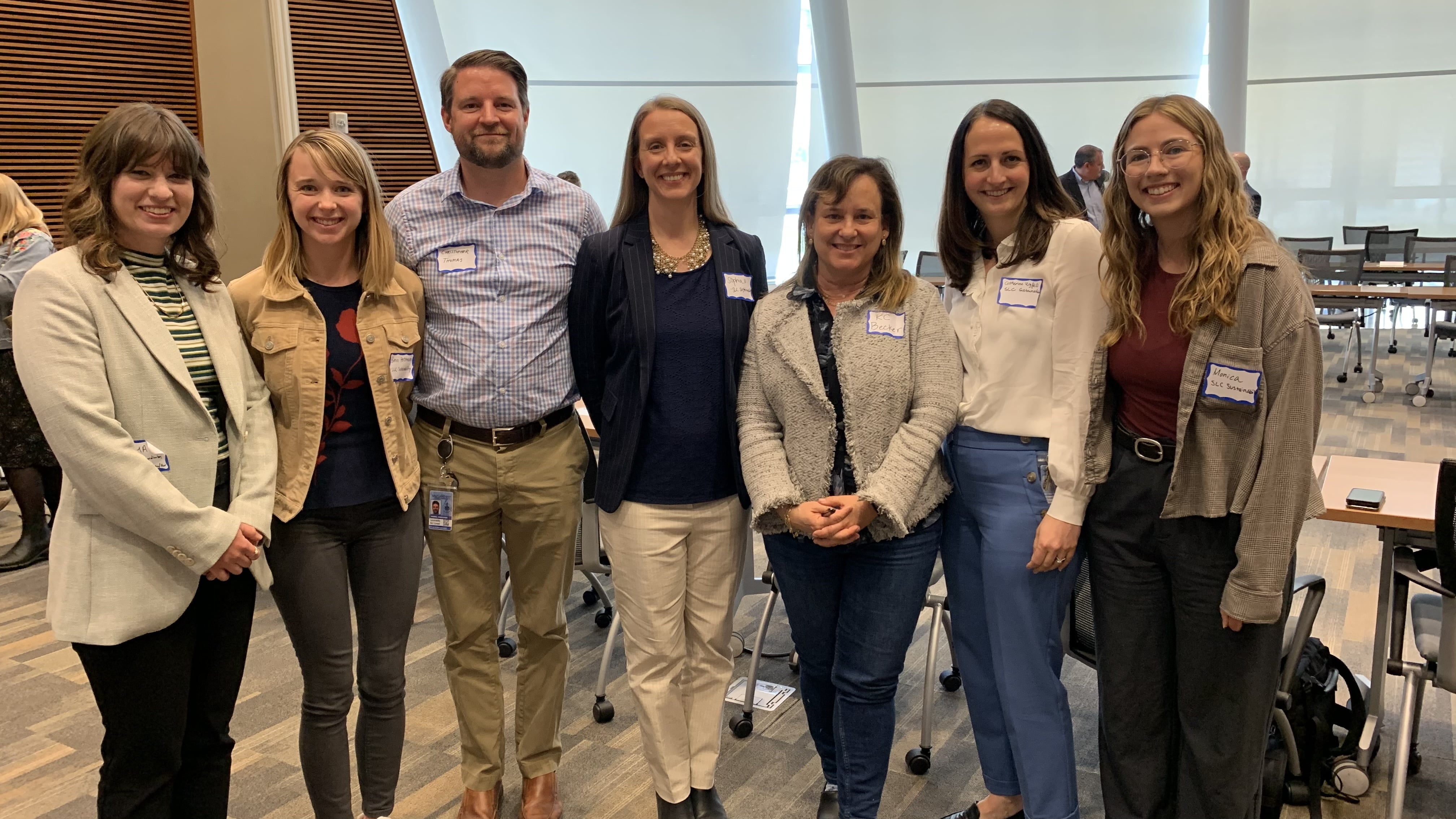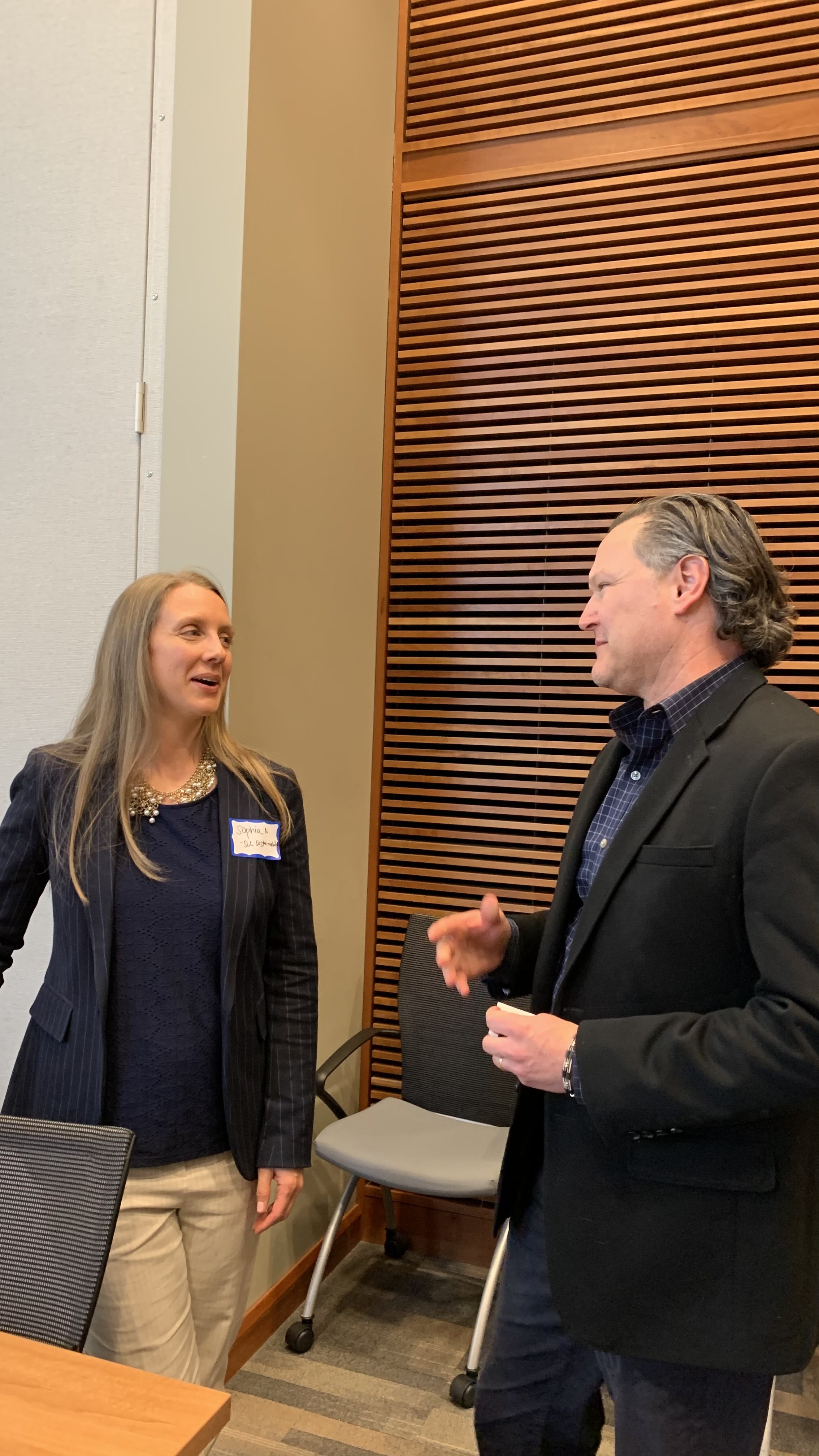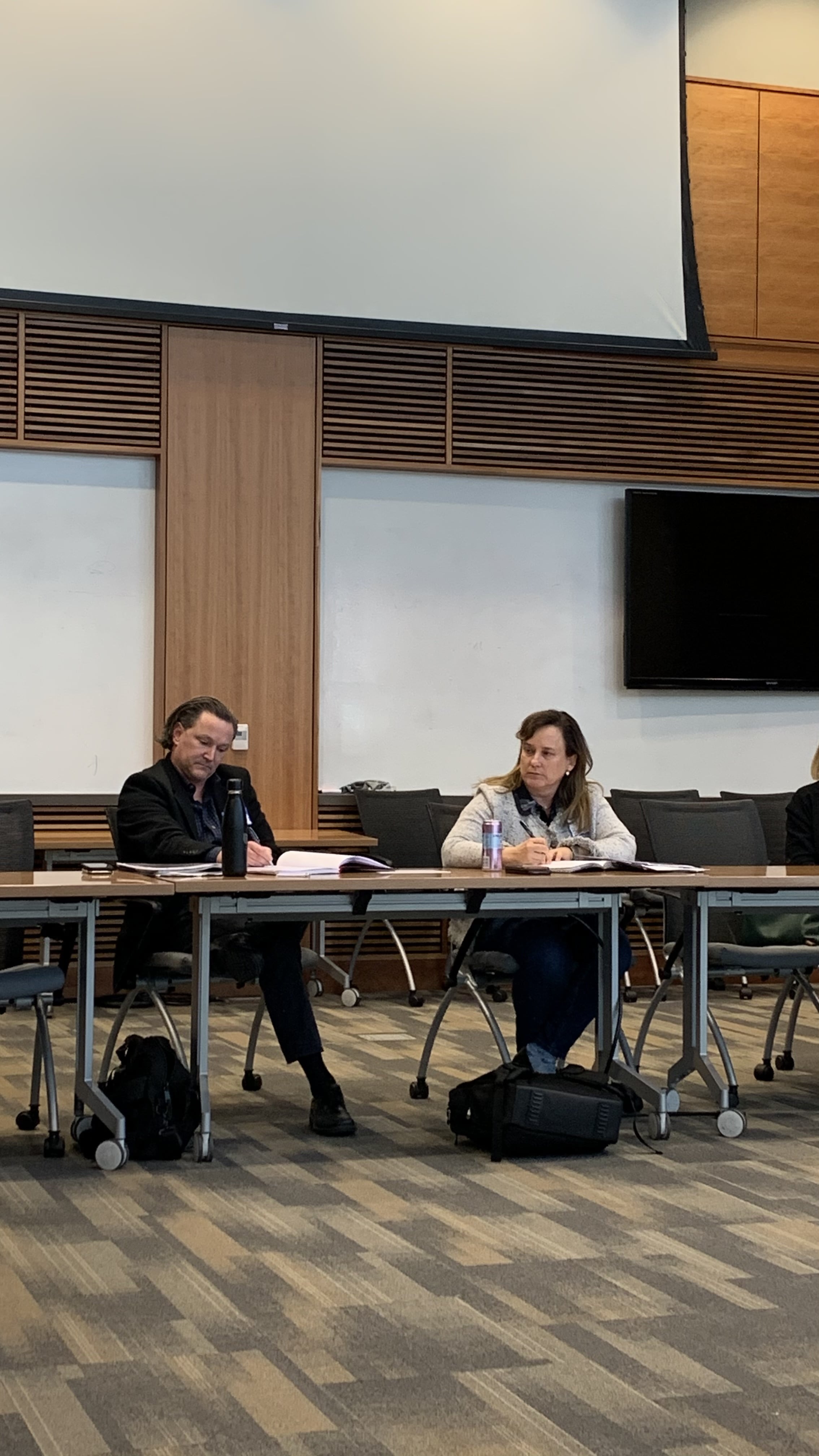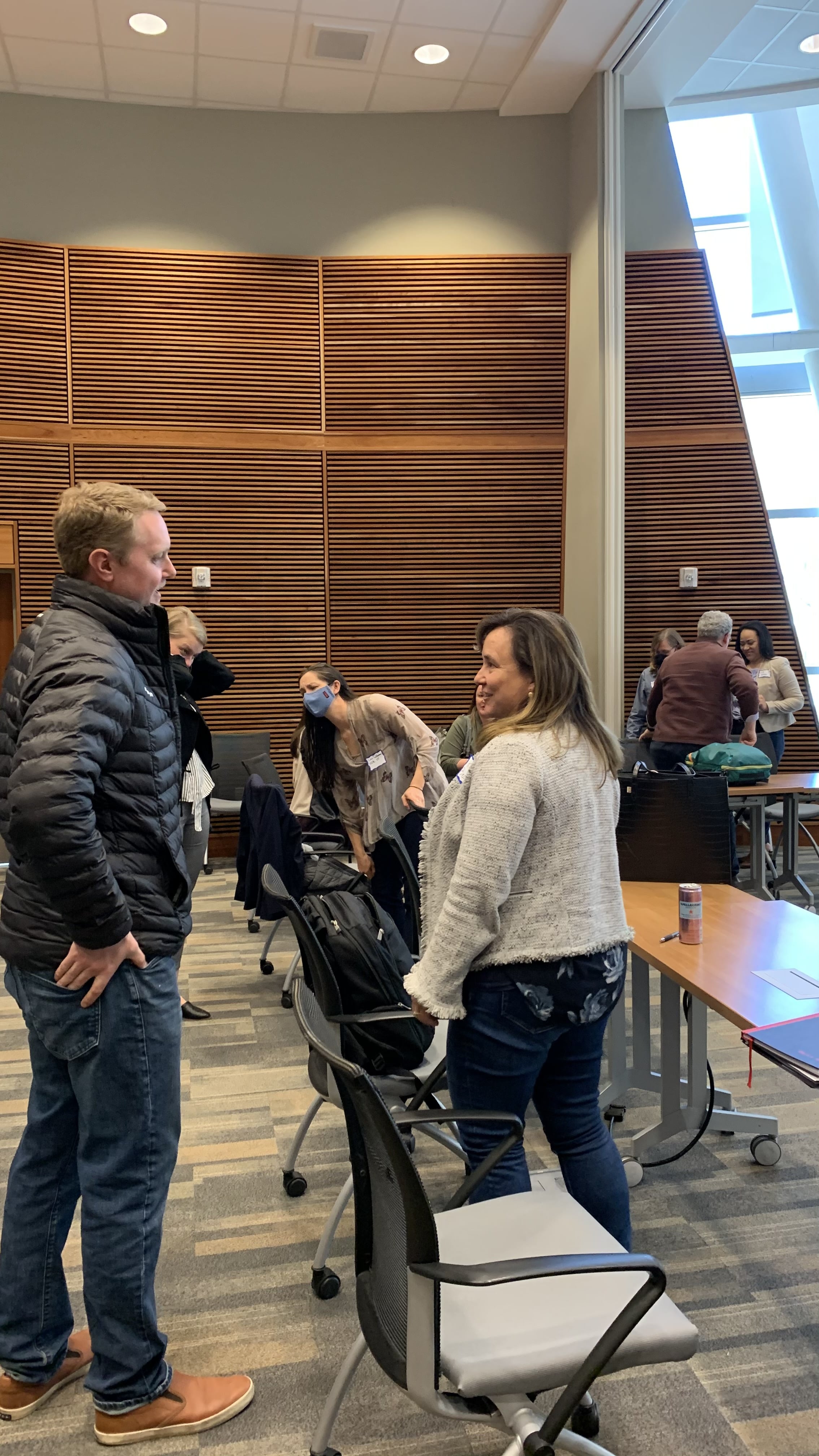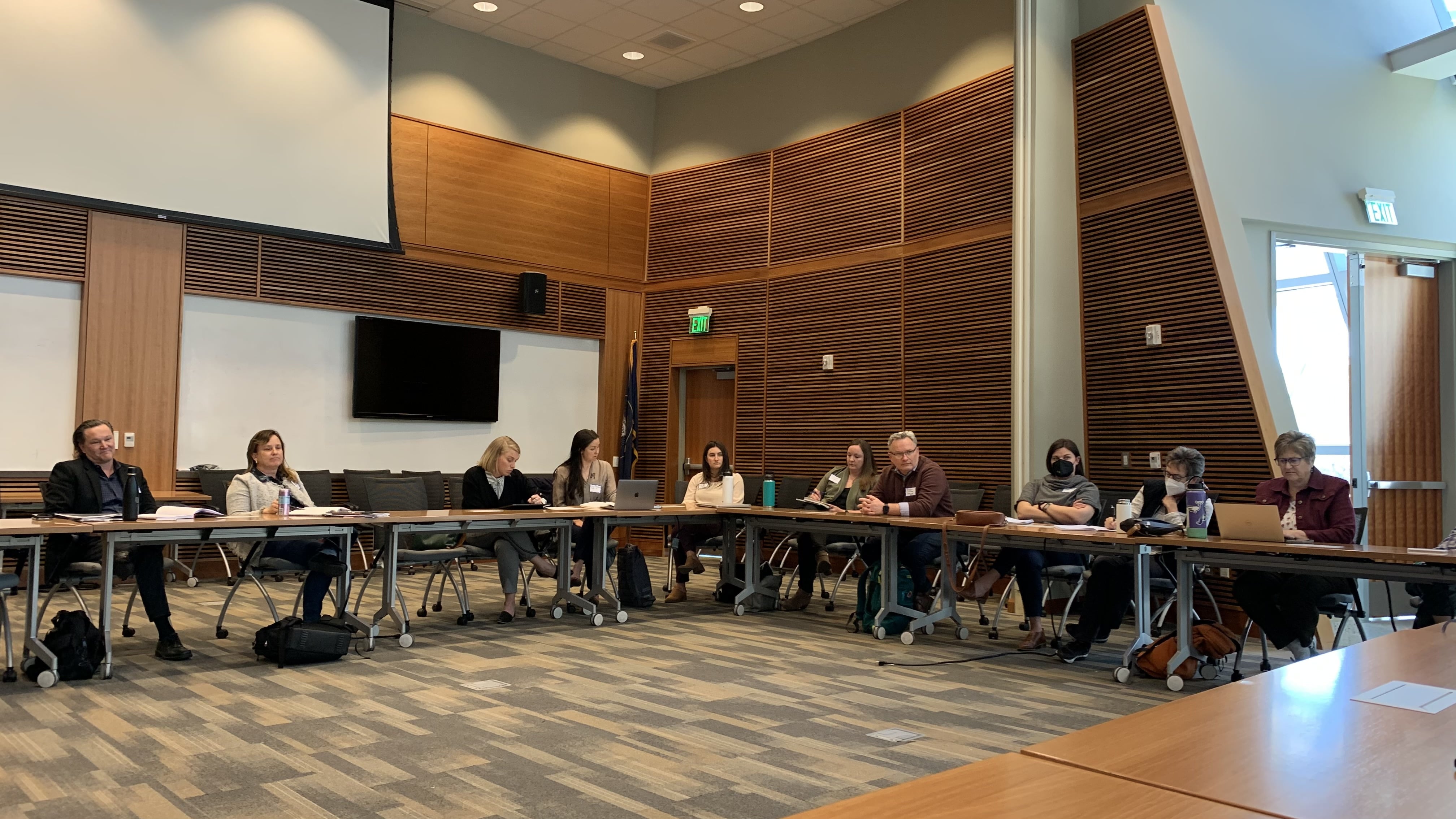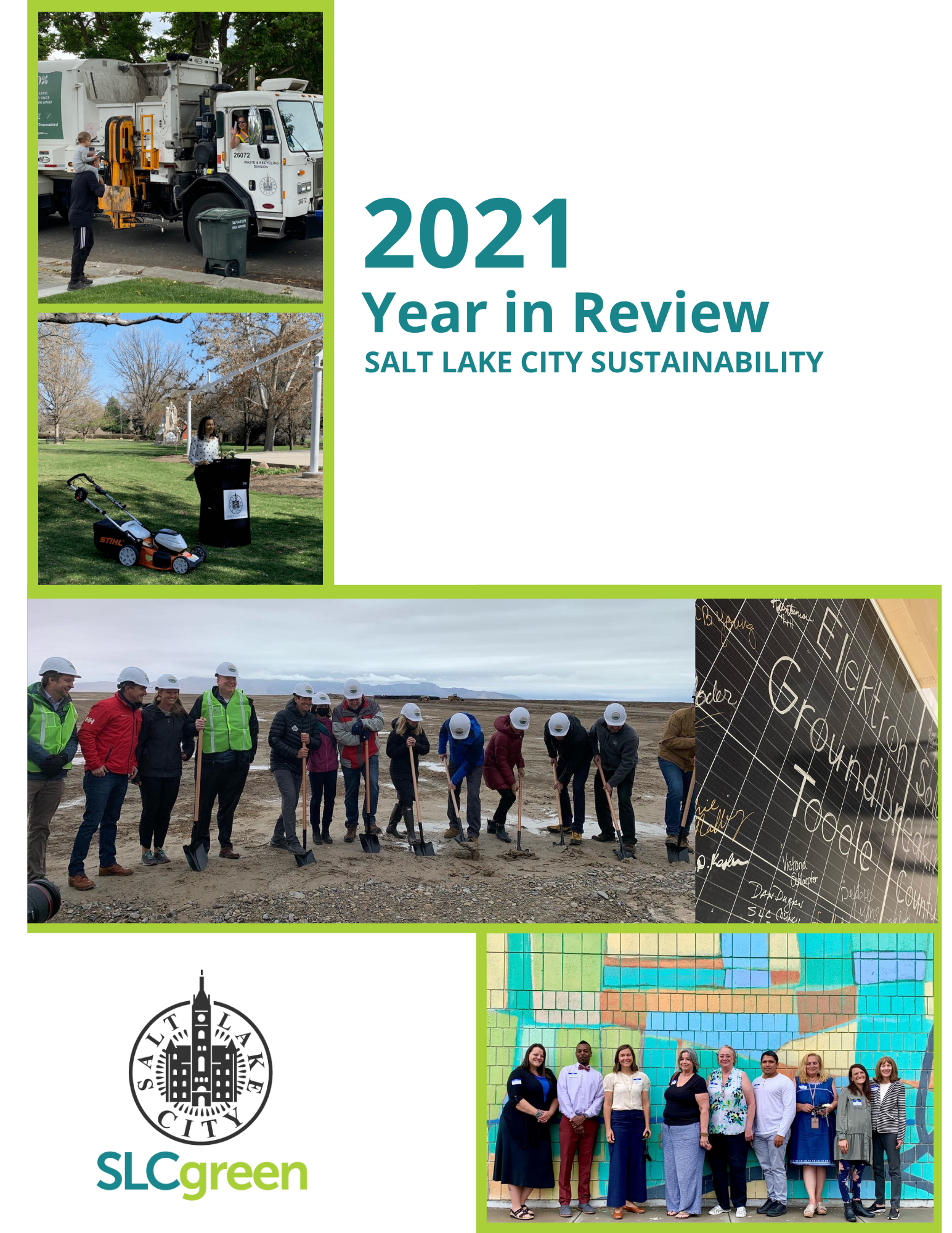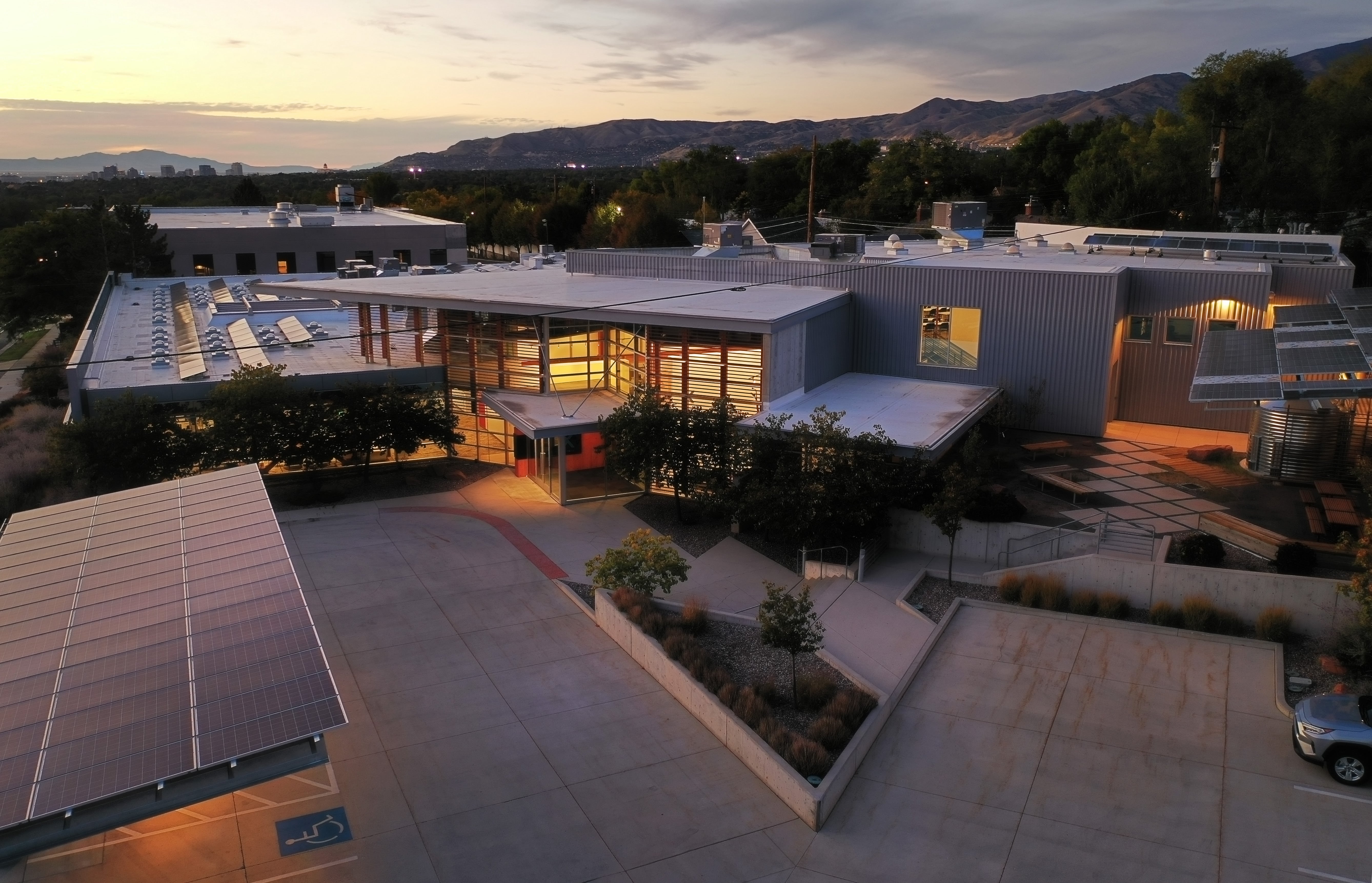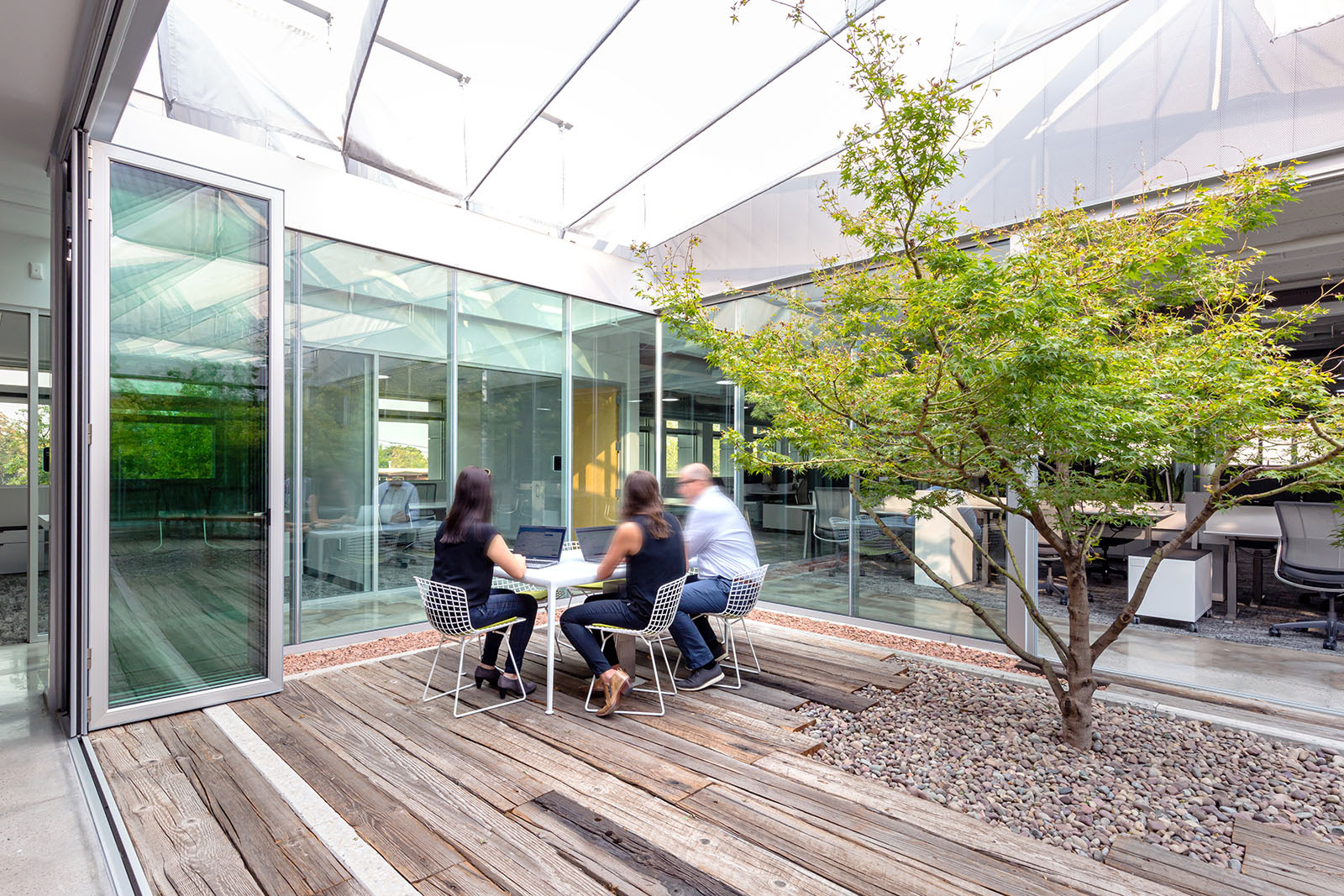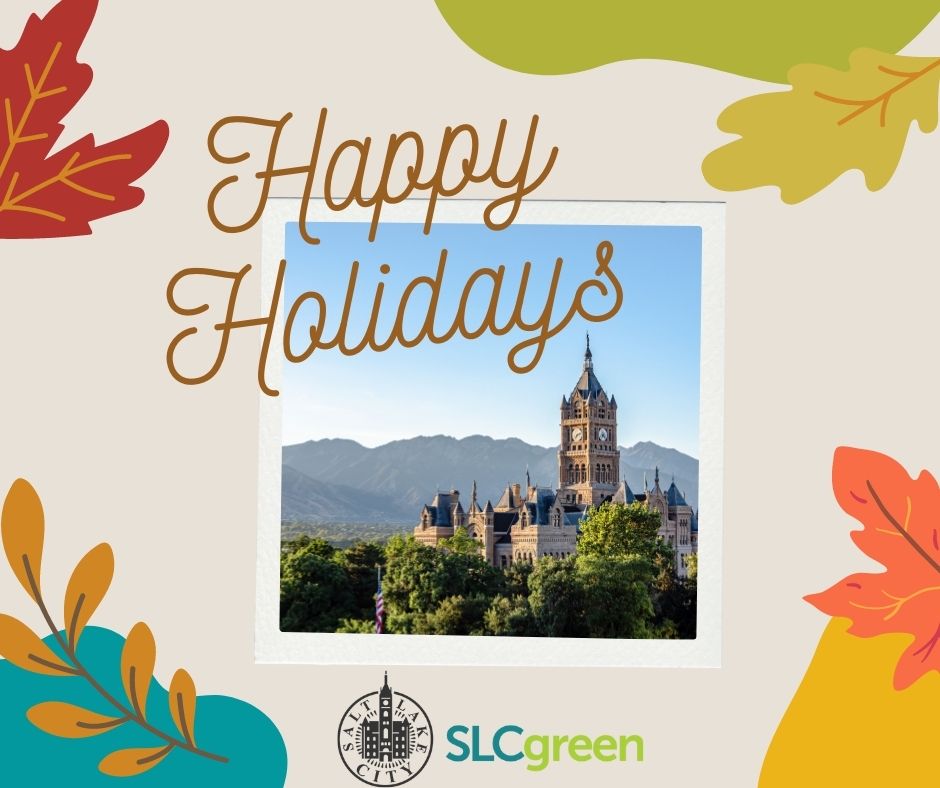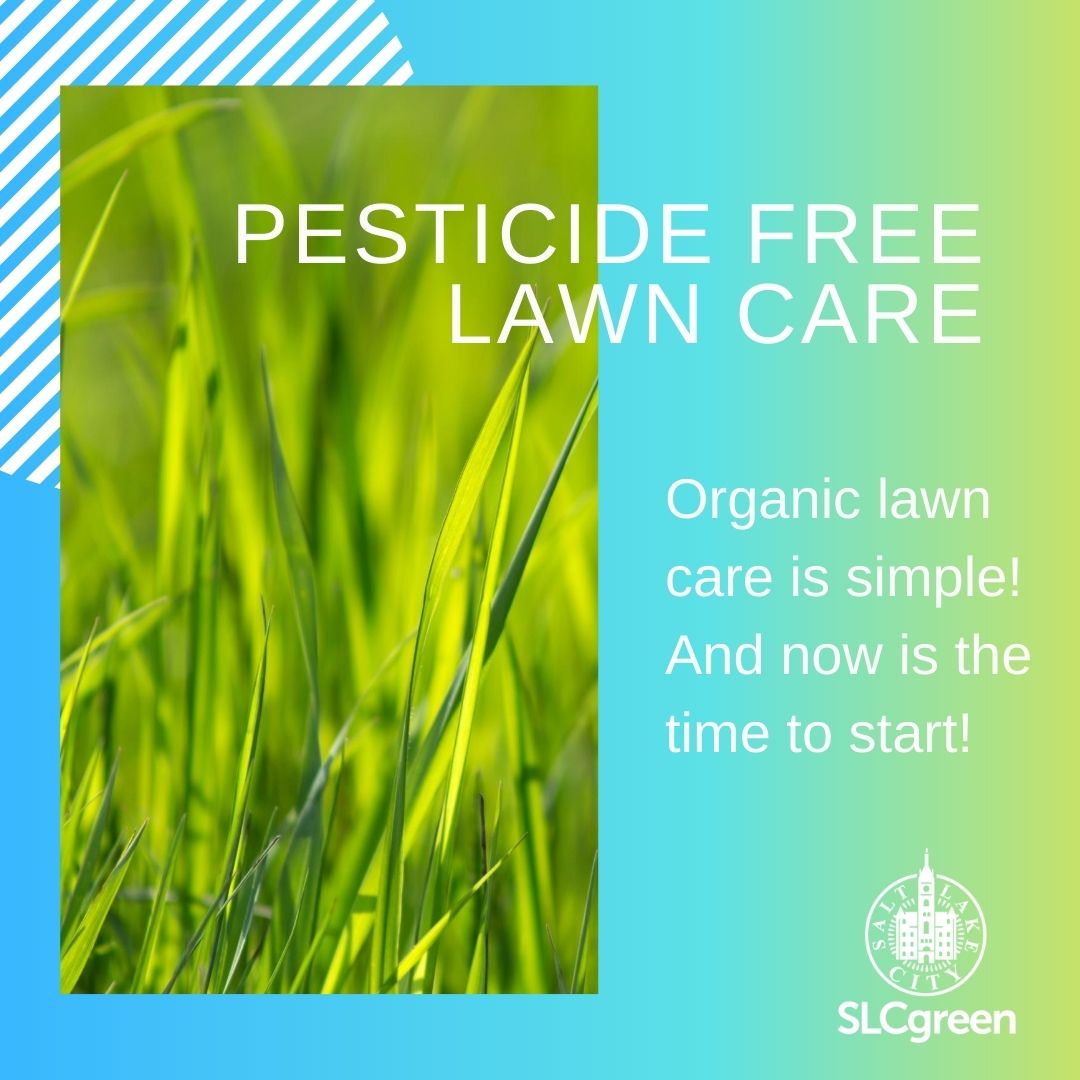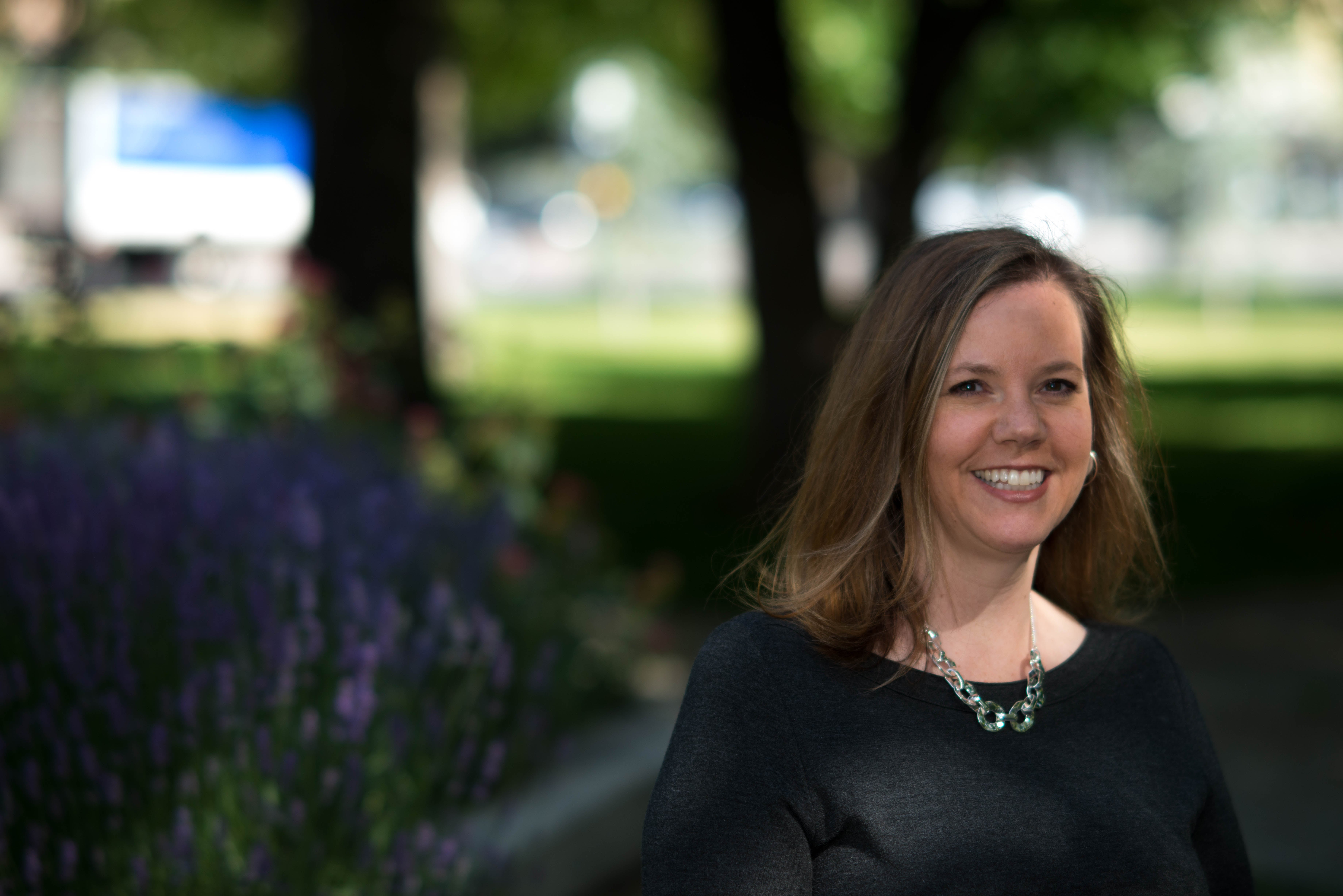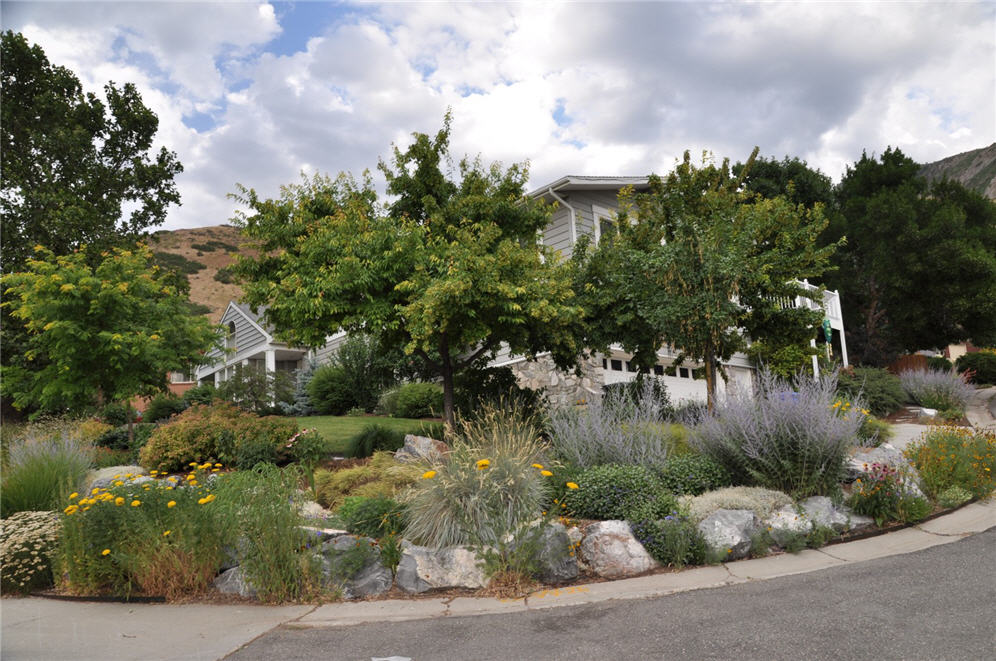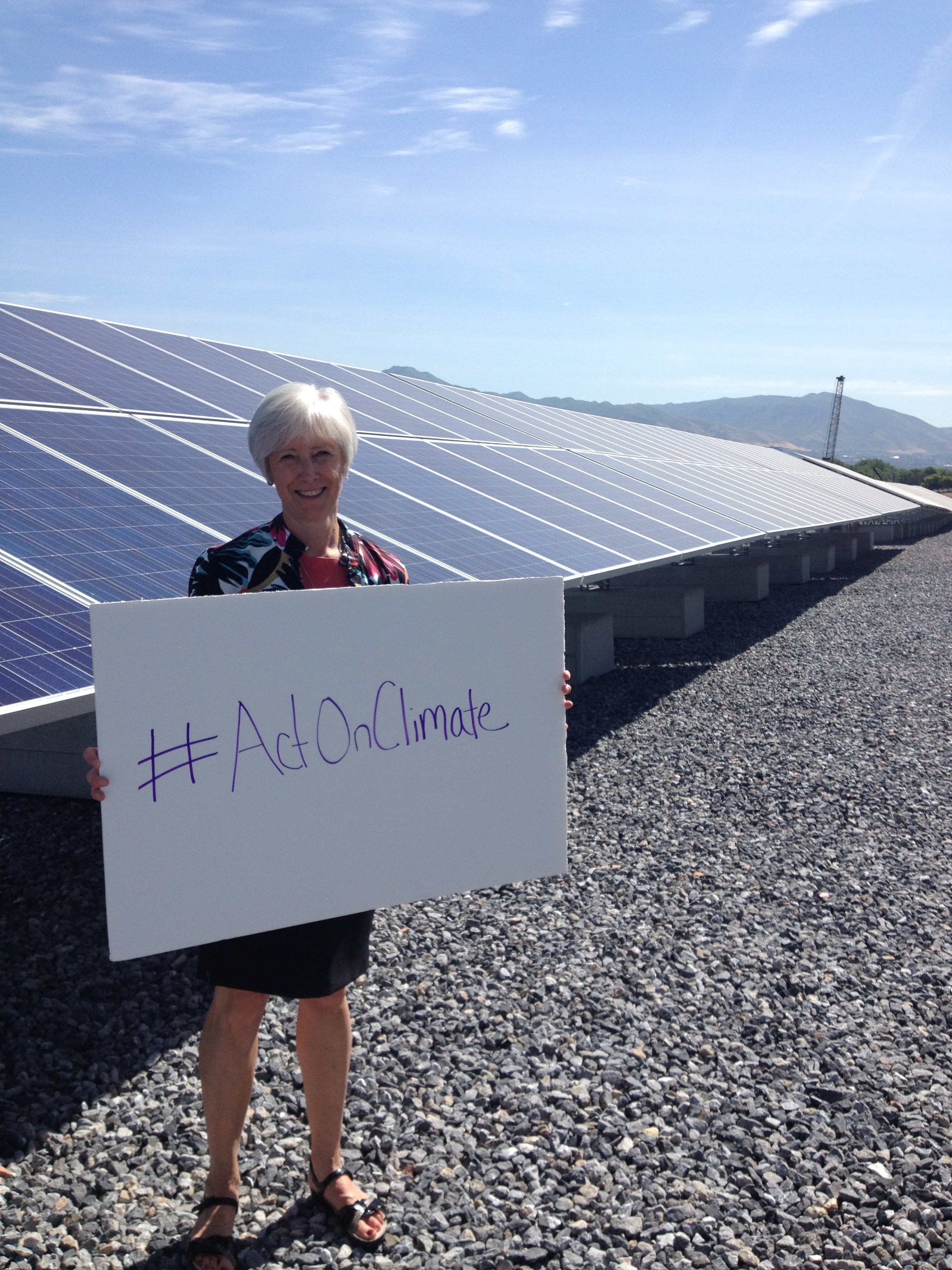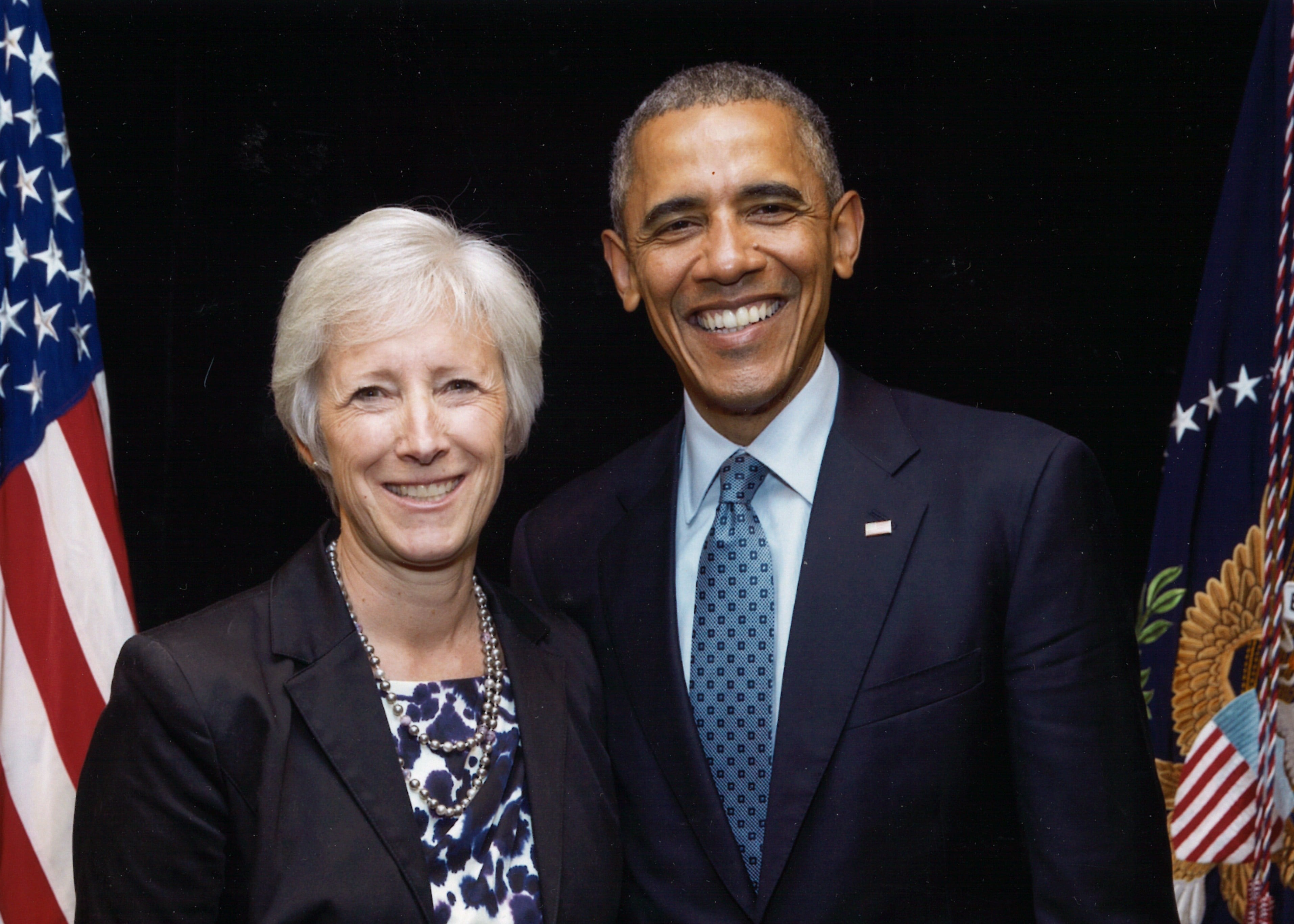by SLCgreen intern Mariah Trujillo
Happy Pride Month! With the 2022 Pride Festival coming to a close in Salt Lake City earlier this month, SLCgreen would like to extend our celebration by discussing some of the ways that LGBTQIA+ history and sustainability go hand-in-hand!
(The term LGBTQIA+ refers to people of “all genders and sexualities, such as lesbian, gay, bisexual, transgender, questioning, queer, intersex, asexual, pansexual, and allies. While each letter in LGBTQIA+ stands for a specific group of people, the term encompasses the entire spectrum of gender fluidity and sexual identities.”)
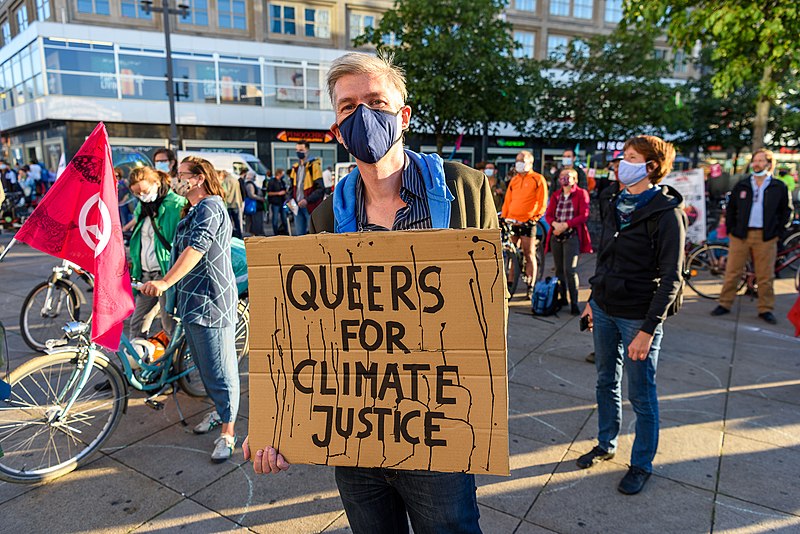
Sustainability, with its goals of protecting natural resources, slowing the effects of climate change, and building resilient communities, exists at the crossroads of environmental and social justice.
Sustainability work requires an intersectional lens to maintain a commitment to diversity, equity, and justice.
While it might not be obvious how LGBTQIA+ studies is related to sustainability, scholars and theorists from both queer studies and environmental studies have banded together to bring the two seemingly different fields together with the term “Queer Ecology.”
At its heart, Queer Ecology enacts a practice of intersectionality that calls us to action through an understanding that the fight for LGBTQIA+ rights is a shared struggle with desire and actions to save our planet.
Continue reading
